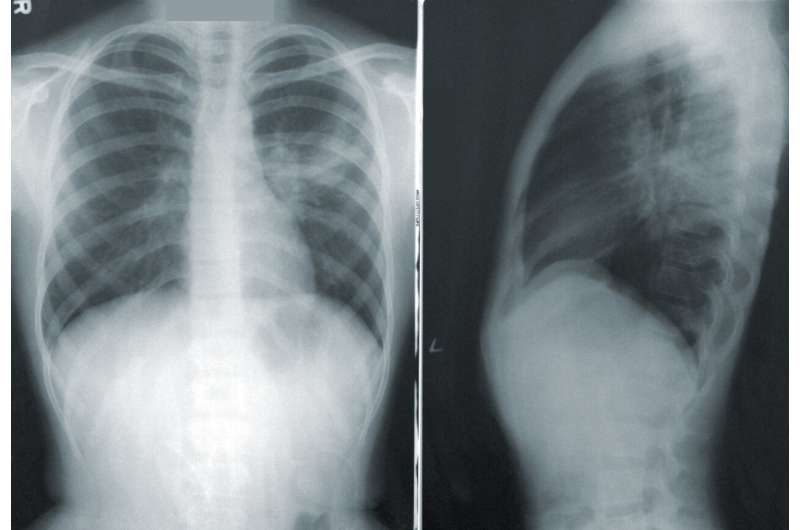Revolutionary Use of Cancer Medications Enhances Stroke Recovery and Reduces Brain Damage

Research from Singapore reveals that repurposing cancer drugs, HDAC inhibitors, can protect neurons, reduce brain damage, and enhance recovery after stroke by modulating immune cell activity in the brain. This innovative approach offers new hope for extending stroke treatment windows and improving outcomes.
Recent research conducted by scientists from the Yong Loo Lin School of Medicine at the National University of Singapore has unveiled promising findings on the use of existing cancer treatments to aid stroke recovery. The study focuses on a class of drugs known as histone deacetylase inhibitors (HDACi), which, beyond their current applications in cancer therapy, show potential in neuroprotection.
Stroke remains a leading cause of death and disability globally, with current treatment options primarily aimed at restoring blood flow within a limited post-stroke window. However, these therapies often overlook the secondary inflammatory responses that worsen brain injury hours and days after the initial event.
The research reveals that HDACi drugs can protect neurons and mitigate brain damage by modulating gene expression in microglia—the immune cells of the brain. By altering microglia activity, these drugs switch their role from promoting inflammation to supporting tissue repair. This shift not only alleviates immediate damage but also enhances long-term recovery prospects.
Utilizing advanced molecular techniques, such as spatial transcriptomics, the team mapped genetic expression patterns across different brain regions affected by stroke. Their experiments, involving models of middle cerebral artery occlusion (a common stroke simulation), demonstrated that HDACi treatment reduced brain damage by 60%. The treated models showed improved behavioral outcomes, with microglia adopting a more protective stance.
Further analysis indicated region-specific genetic responses, especially in critical areas like the hippocampus, responsible for memory. The findings suggest that reprogramming microglia to foster healing offers a novel and promising strategy for stroke therapy.
Professor S Thameem Dheen emphasized the translational potential of these discoveries, highlighting the possibility of repurposing HDACi drugs—currently explored in cancer and neurodegenerative diseases—to address the inflammatory and degenerative processes following stroke. This approach broadens the spectrum of neuroprotective treatments and could lead to therapies with extended windows of efficacy.
The use of cutting-edge spatial transcriptomics has allowed researchers to observe how gene pathways involved in cell survival, inflammation, and neuroprotection are differentially activated across brain regions, further underscoring the precision of this therapeutic strategy.
Looking ahead, scientists aim to develop treatments that extend beyond acute interventions, reprogramming glial cells such as microglia to support brain repair, restore neural networks, and improve functional recovery long after the initial stroke event. These efforts hold promise for transforming stroke rehabilitation by targeting neuroinflammation at its core.
Stay Updated with Mia's Feed
Get the latest health & wellness insights delivered straight to your inbox.
Related Articles
New Research Highlights Increased Risk of Anal Cancer in Women with Prior Cervical Cancer
New research indicates women with a history of cervical cancer face a nearly doubled risk of developing anal cancer, highlighting the need for updated screening guidelines to improve early detection and prevention.
How Scrambled RNA Contributes to the Development of Type 2 Diabetes
New research reveals that small mutations in the HNF1A gene cause widespread RNA splicing errors in pancreatic beta cells, contributing to the development of type 2 diabetes. These findings pave the way for targeted RNA-based therapies addressing the disease at its root.
Harnessing Deep Learning for Personalized Cancer Treatment
Deep learning algorithms such as Flexynesis are revolutionizing personalized cancer treatment by integrating multi-omics data to improve diagnosis and therapy strategies. Learn how AI is shaping the future of oncology.
Rising Lung Cancer Rates Among Nonsmokers and the Underlying Causes
Increasing lung cancer cases among nonsmokers highlight the importance of awareness, early detection, and understanding environmental and genetic risk factors. Learn more about this evolving health issue.



